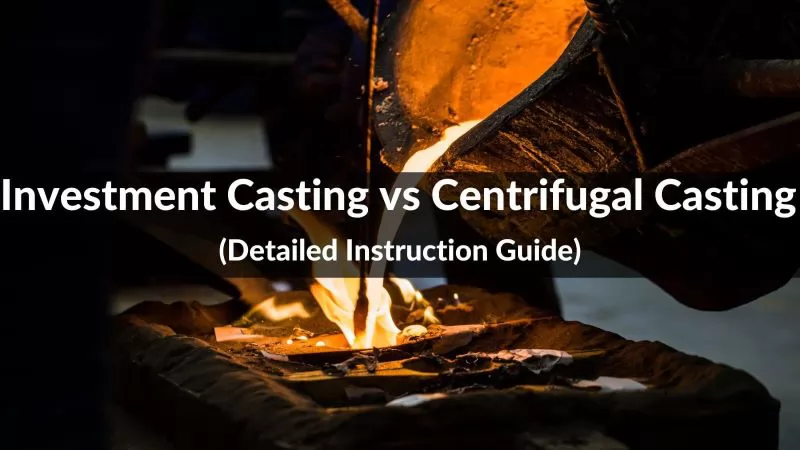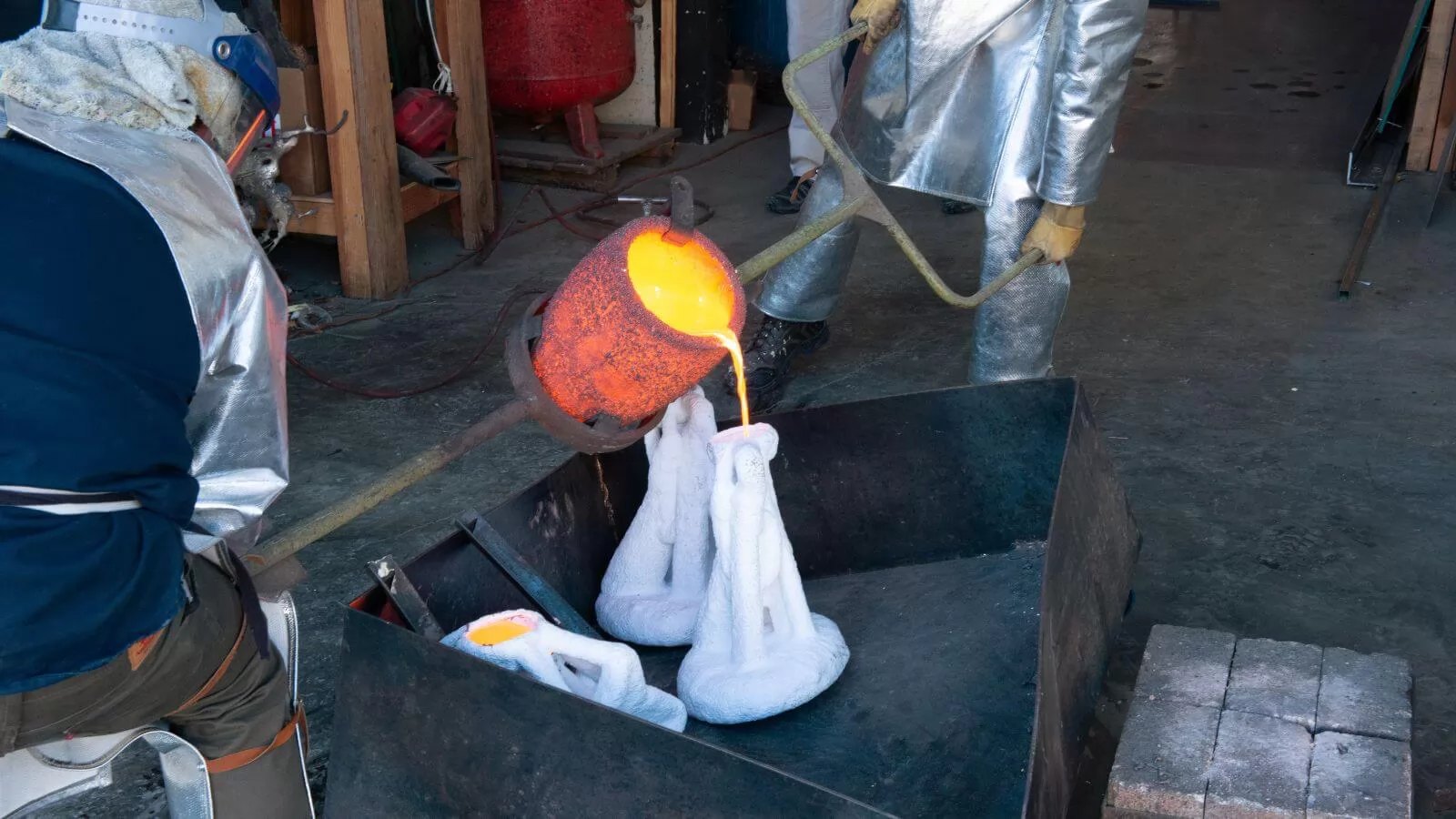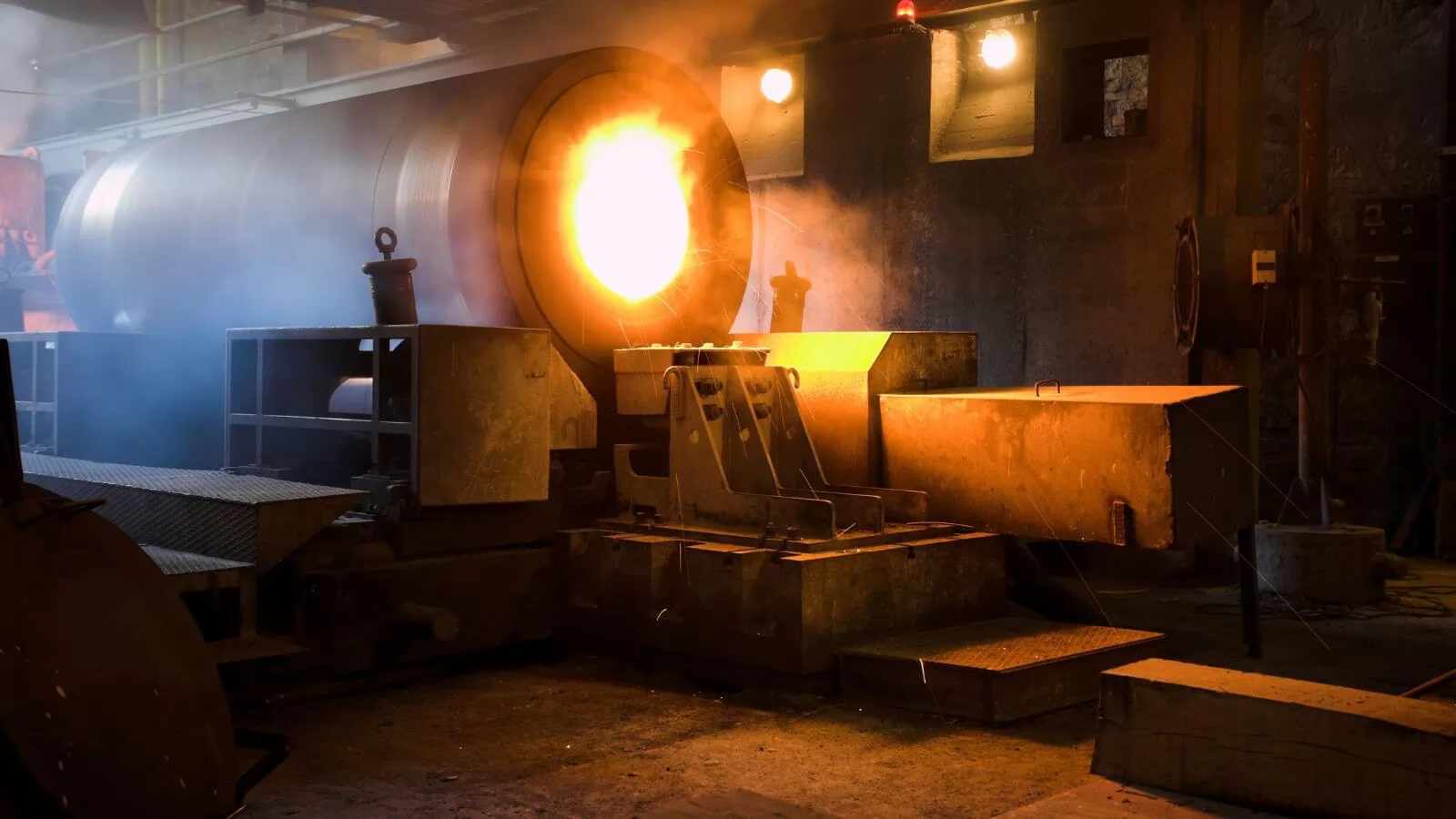
Want to know the difference between investment casting and centrifugal casting?
Should you choose investment casting or centrifugal casting to manufacture your product?
Through this article, you can see the answer you want, please read this article patiently!
|
Article Directory |
What is Investment Casting?
Creating a part using the investment casting or “lost wax” process is typically a more time-consuming process where a wax prototype of your part is made and then repeatedly dipped into liquid ceramic. The ceramic hardens and then the wax is melted out leaving you with a ceramic mold. Molten metal is then poured into the ceramic cavity where the wax once was. Once the metal solidifies, the ceramic mold is broken and removed leaving the metal casting. The mold used to create the wax pattern can be used many times however the ceramic mold is broken and discarded with each part.
However, Besser has automated every aspect of the investment casting process making one week lead times possible where the industry average is 7-15 weeks.

Advantages and Disadvantages of Investment Casting
|
Advantages of Investment casting |
Disadvantages of Investment casting |
|
|
Common Investment Casting Applications
Investment casting is highly versatile, accommodating a wide range of ferrous and non-ferrous metals. As such, it is used to manufacture numerous high-precision, high-accuracy components, such as those for aircraft systems, automobile engines and brake systems, industrial assemblies, and dental and medical devices.
What is Centrifugal Casting?
Centrifugal casting is a process that delivers components of high material soundness. As a result, it is the technology of choice for applications like jet engine compressor cases, hydro wear rings, many military products, and other high-reliability applications.
It has also proven to be a cost-effective means of providing complex shapes with reduced machining requirements and lower manufacturing costs as compared to investment casting and fabrications.

Advantages and Disadvantages of Centrifugal Casting
|
Advantages of Centrifugal Casting |
Disadvantages of Centrifugal Casting |
|
|
Common Centrifugal Casting Applications
Typical parts made by this process are pipes, flywheels, cylinder liners, and other parts that are axi-symmetric. It is notably used to cast cylinder liners and sleeve valves for piston engines, parts which could not be reliably manufactured otherwise.
Differences Between Investment Casting & Centrifugal Casting
Both investment casting and centrifugal casting can produce high-quality, near-net-shape parts. One of the key differences is that investment casting utilizes one-use ceramic molds that are broken off the cooled parts, while centrifugal casting employs permanent dies that are reused. In addition, centrifugal casting dies are spun at high RPMs to achieved designed casting properties. Investment casting is a static process that relies on gravity to flow the alloys.
Choose Centrifugal Casting or Investment Casting
Now that we understand each method a little, let’s look at how centrifugal and investment casting are different. If you have parts that have intrinsic shapes and details, investment casting will be your best method. If you’re forming a part with thin walls or tight tolerances, you’ll want to use investment casting. Investment is also your method if you’re looking to create small to medium prototypes. Centrifugal casting will be the appropriate choice if you need parts with large widths over 15 feet, castings formed from metals that can’t work with any other process, or any large casting.
Besser's Investment Casting Services
Besser is a leading investment casting foundry in China. Since 2002, we have started to provide investment casting services to overseas markets such as the United States, Australia, United Kingdom, Canada, etc.
After years of hard work, we have now become one of the best investment casting manufacturers in China. Through the automated lost wax investment casting process, we can customize investment castings for various industries such as agricultural castings, construction castings, railway castings, valve castings, food machinery castings and other industrial applications.
Feel free to contact us when you need investment casting solutions.



